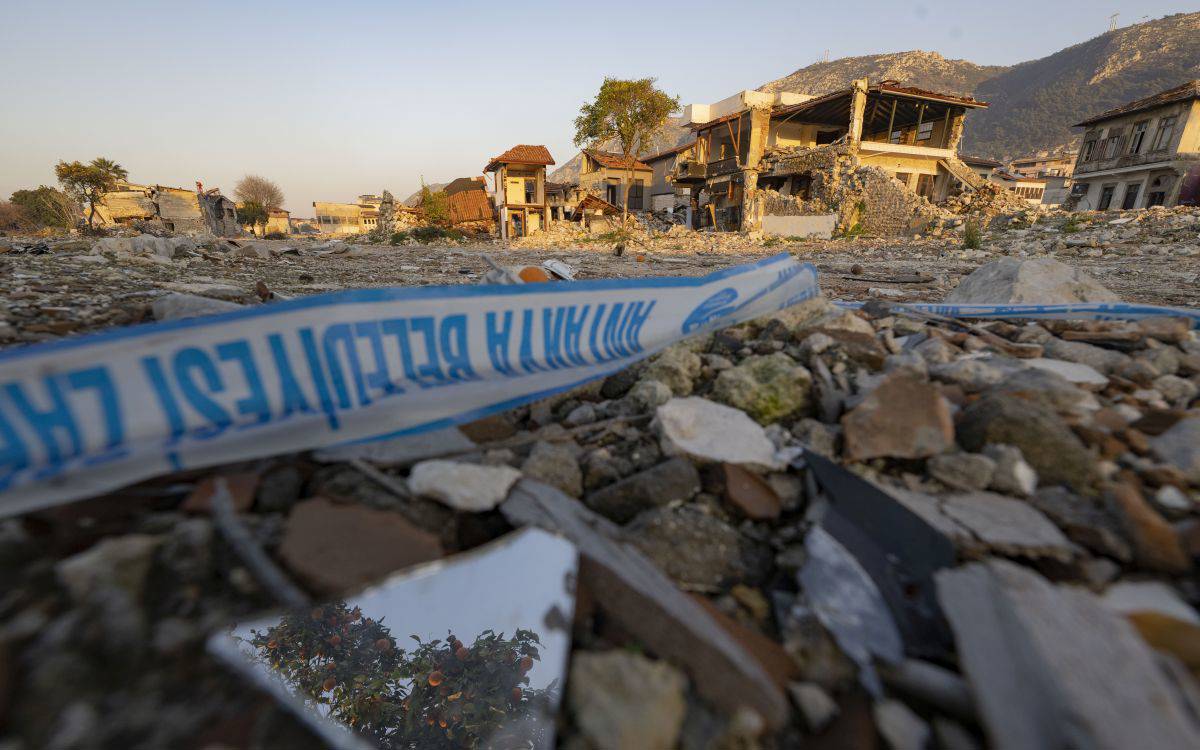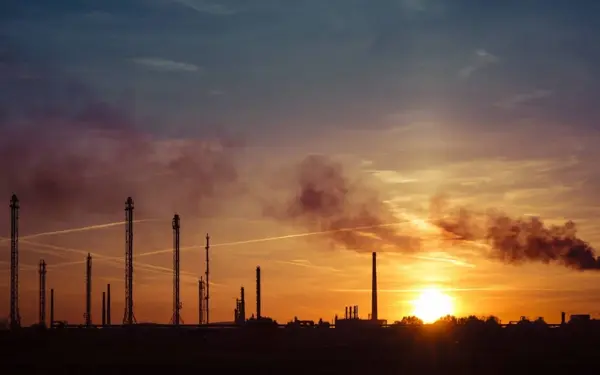The Clean Air Right Platform (THHP), the Turkish Medical Association (TTB), and the Hatay Chamber of Physicians conducted an "air quality monitoring study" in Hatay Antakya from October 17 to November 15, 2023.
The continuous measurements of dust (fine particulate matter PM2.5) over 30 days revealed that the residents of Hatay are still inhaling dust well above the limits.
According to the study, the daily values of dust pollution in Hatay exceeded the World Health Organization's (WHO) 24-hour guideline value on 20 out of 30 days. (WHO recommends that this 24-hour guideline value should not be exceeded more than 3-4 times in a year. The 30-day average measurement results for PM2.5 in Hatay exceeded WHO's annual guideline value by four times.)
The research emphasized that dust, particularly affects infants, children, pregnant women, the elderly, and individuals with chronic illnesses. also, was noted that there is a significant increase in acute respiratory infections in all age groups.
Furthermore, the study indicated an increase in emergency room admissions and prolonged hospital stays for individuals with chronic respiratory problems such as asthma and bronchitis.
The report underscored the alarming level of dust pollution, stating that inhaling dust in the long term leads to serious illnesses like pneumoconiosis, mesothelioma, and lung cancer.
National limit values
The report makes the following recommendations:
-The impact of the dust inhaled today will extend over 10 years, profoundly affecting the future health of the local population. Addressing this pollution individually is challenging without solving the dust problem.
-Taking care of the health of people already living in challenging conditions in the earthquake zone and protecting them from life-threatening diseases should be a fundamental duty of public officials.
-National limit values for PM2.5 should be determined and implemented without delay.
-Particle matter limit values should be established for the construction and debris removal sectors under the "Industrial Source Air Pollution Control Regulation," and these limit values should be applied without exceptions.
-The TTB-THHP joint study conducted dust measurements in October-November when winter conditions had not yet set in, and stoves were not being used in the region. Therefore, it can be said that the main source of dust in the air is still the ongoing demolition of buildings and separated debris.
Simple measures
Simple measures can be taken to prevent this dust pollution, as outlined in the "Regulation on Demolition of Buildings," which came into effect in 2021. However, despite the regulation, there is a lack of necessary political will from public administration to enforce its implementation.
During building demolitions and loading debris onto trucks, watering should be done. The tops of carrier trucks must be covered with tarpaulin. Iron separation activities should not be carried out near densely populated residential areas. Permanent debris storage areas should be located far from urban settlement areas, taking into account the prevailing wind direction in the region. (RT/VK)







